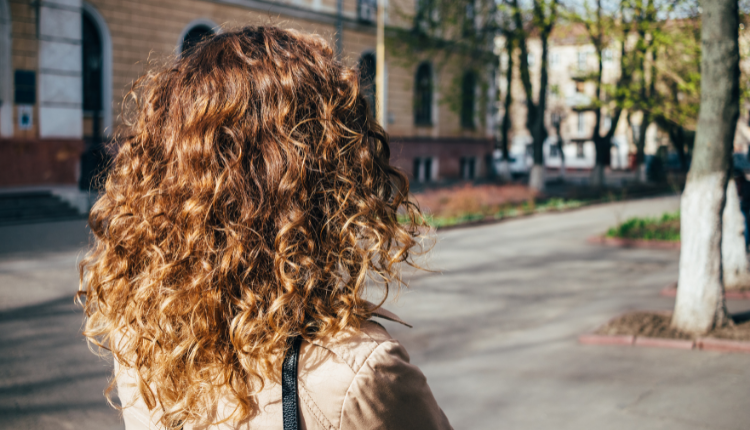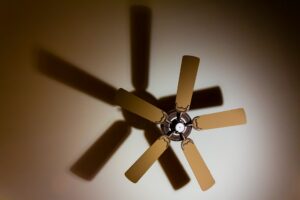Rehabilitating Your Tresses: A Comprehensive Guide on How to Repair Perm Damaged Hair

Introduction:
A gorgeous perm can transform your hair into bouncy, voluminous waves, but improper care or overprocessing can lead to damage. If you find yourself grappling with perm-damaged hair, fear not. This extensive guide is here to unravel the mysteries of rehabilitating your locks, providing a detailed roadmap to restore health, moisture, and vitality to your permed hair. From understanding the causes of damage to implementing a tailored recovery plan, let’s embark on a journey to revive and rejuvenate your perm-stressed tresses.
Section 1: Understanding Perm Damage
1.1 Causes of Perm Damage:
- Before diving into recovery methods, it’s crucial to understand the causes of perm damage. Overprocessing, using harsh chemicals, and inadequate aftercare can lead to dryness, frizz, and breakage.
1.2 Types of Perm Damage:
- Identify the specific type of damage your hair has suffered. Common types include dryness, split ends, frizz, and weakened strands. This understanding will inform your approach to rehabilitation.
Section 2: Gentle Cleansing and Conditioning
2.1 Sulfate-Free Shampoos:
- Opt for sulfate-free shampoos to gently cleanse your hair without stripping away essential moisture. Sulfates can exacerbate dryness, and choosing a milder alternative promotes a healthier scalp and hair.
2.2 Moisturizing Conditioners:
- Prioritize moisturizing conditioners enriched with ingredients like argan oil, shea butter, or keratin. These nourishing components help replenish lost moisture and improve the overall texture of your permed hair.
Section 3: Intensive Hydration Treatments
3.1 Deep Conditioning Masks:
- Incorporate deep conditioning masks into your routine to provide intensive hydration. Apply a mask once a week, focusing on the lengths and ends, and let it work its magic to restore moisture and elasticity.
3.2 DIY Avocado and Olive Oil Treatment:
- Create a DIY treatment by mashing avocado and mixing it with olive oil. Apply this natural remedy to your hair, leaving it on for 30 minutes before rinsing. Avocado’s nourishing properties and olive oil’s richness in antioxidants can work wonders for damaged hair.
Section 4: Trimming to Eliminate Damage
4.1 Regular Trims:
- Schedule regular trims to eliminate split ends and prevent further damage. Trimming every 6-8 weeks helps maintain the health of your hair and encourages new, stronger growth.
4.2 Micro-Trimming Technique:
- Embrace micro-trimming, a technique where only a minimal amount is cut off to preserve length while gradually removing damaged ends. This method is effective for those seeking to grow their hair while managing damage.
Section 5: Protein Treatments for Strength
5.1 Protein-Rich Products:
- Integrate protein-rich treatments into your regimen. Look for products containing keratin or hydrolyzed silk proteins. These treatments help strengthen the hair shaft, reducing breakage and promoting resilience.
5.2 DIY Egg and Yogurt Protein Mask:
- Create a DIY protein mask by whisking an egg and mixing it with yogurt. Apply this mixture to your hair, allowing it to sit for 20-30 minutes before rinsing. The egg provides protein, while yogurt adds moisture.
Section 6: Heat Styling Caution and Alternatives
6.1 Limiting Heat Exposure:
- Minimize heat styling to prevent further damage. If heat styling is unavoidable, use lower temperatures and apply a heat protectant spray to shield your hair from excessive damage.
6.2 Heat-Free Styling Options:
- Embrace heat-free styling alternatives such as braids, twists, or buns to create beautiful waves without subjecting your hair to additional heat stress.
Section 7: Choosing the Right Products
7.1 Silicone-Free Formulas:
- Opt for silicone-free hair products to avoid product buildup that can weigh down your hair. Silicone-free formulas allow your hair to breathe and maintain its natural bounce.
7.2 Curl-Specific Products:
- Invest in curl-specific products designed for permed hair. These products cater to the unique needs of curly or wavy hair, providing enhanced moisture and definition.
Section 8: Lifestyle Adjustments for Healthy Hair
8.1 Balanced Diet:
- Maintain a balanced diet rich in vitamins, minerals, and proteins. Nutrient-dense foods contribute to overall hair health and encourage stronger, more resilient strands.
8.2 Adequate Water Intake:
- Stay hydrated by drinking sufficient water daily. Hydration is essential for the health of your hair, promoting elasticity and preventing dryness.
Section 9: Seeking Professional Guidance
9.1 Consulting with a Stylist:
- If the damage is severe or you’re unsure about the best course of action, consult with a professional stylist. They can assess your hair’s condition and recommend personalized treatments for effective rehabilitation.
9.2 Professional Hair Treatments:
- Consider professional hair treatments like Olaplex or keratin treatments. These salon-grade solutions are formulated to repair and strengthen damaged hair, providing intensive care under expert supervision.
Conclusion: Resurrecting the Beauty of Permed Hair
As we conclude this comprehensive guide, remember that rehabilitating permed hair is a journey that requires patience, commitment, and the right care routine. By understanding the causes of damage, tailoring your approach to your hair’s specific needs, and incorporating a mix of gentle cleansing, hydration, and protein treatments, you can embark on a path to revive and restore the beauty of your permed locks. With a combination of at-home remedies, professional guidance, and a mindful approach to styling, you’ll soon witness your hair regaining its bounce, vitality, and natural allure. Embrace the process, and let the resurrection of your permed hair become a testament to the resilience and beauty that lies within each strand.




